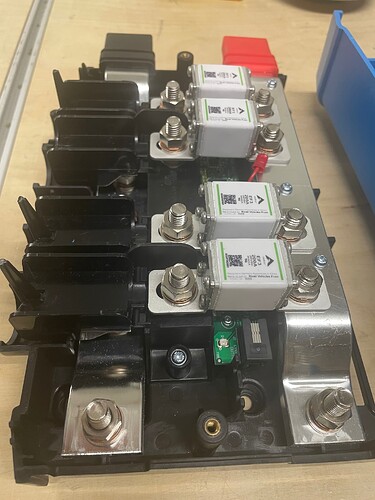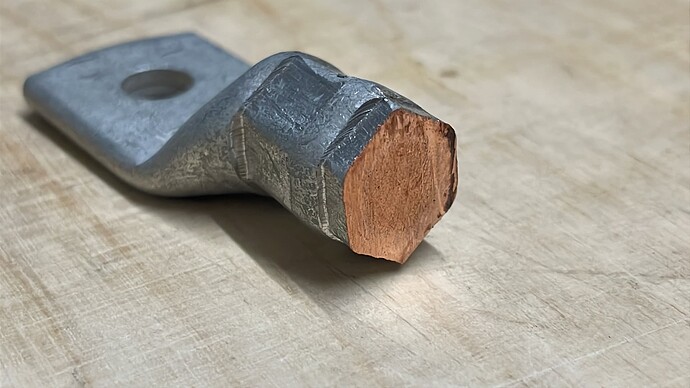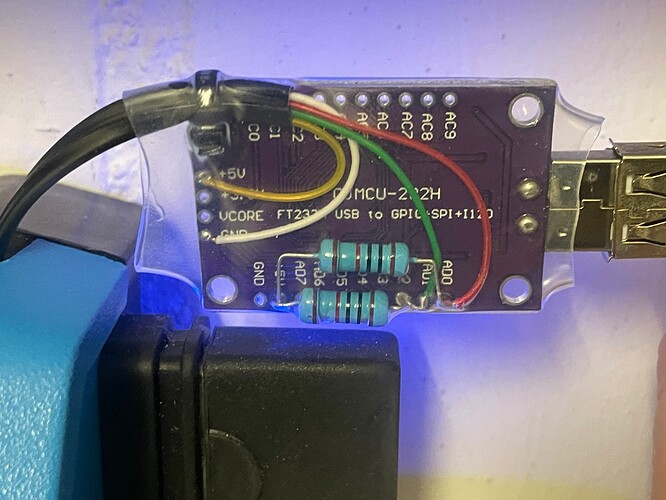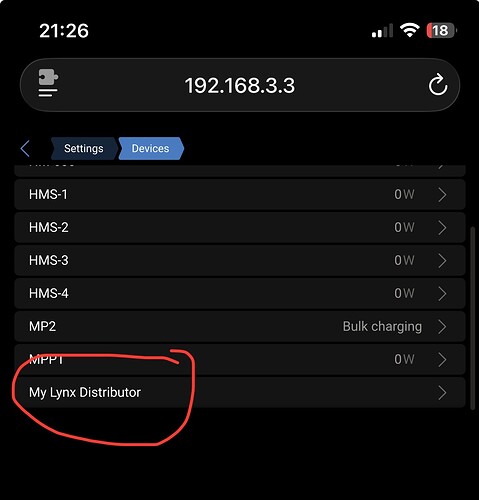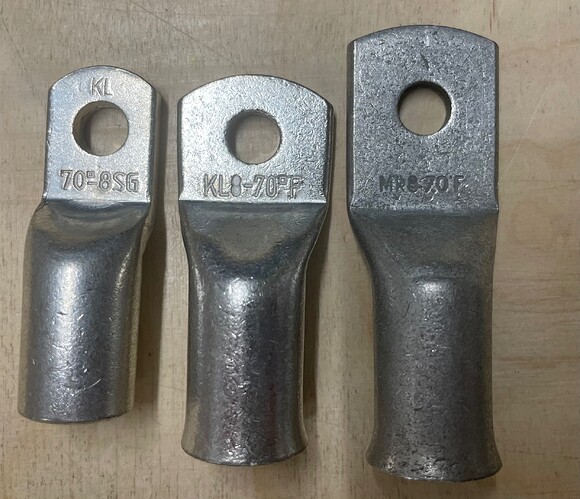Hello Victron communty!
I like to describe my system and found solutions in three posts. Maybe this helps others designing their solution.
- Situation & system overview
- Details about single solutions
- Bill of material
DISCLAIMER
I planed and build all on my own.
I am not an electician, but an electrician checked everything and connected to the grid.
Please consult a certified electrician familar with your local regulations.
My System
- Location: Hamburg/Germany
- SOP: 21.12.2024
- PV: 8.5 kWp, 20x Trina Vertex S+ 425Wp, south, 42 deg elevation
** PV charger: SmartMPPT 150/45 2s2p at roof top for black start and efficient battery charging
** PV inverter: 3x HMS-2000-4T, 1x HMS-1000-2T, 1x HM-600 for shadow management
** PV integration: OpenDTU, dbus-dtu, (VM-3p75ct not yet connected - Charger/Inverter: 3x MP2 5k (3 phase), 70qmm DC, 10qmm AC, external Artic 80 PWM fans
- DC busbar: 2x Lynx Distributor with dbus-lynx fuse monitoring and Adler EF3 fuses
- Battery: 4x Gobel Power GP-SR1-PC200 280Ah REPL class B in APC NetShelter SX 24U
- Cerbo GX (mk1)
- new Hager power distribution board Universe Z 1100 (h) x 800 (w, 3 panels) and 2x Kraus Naimer manual 1-0-2 transfer switches for ACout1 and ACout 2
This is how it looks like (not complete):
AC and DC are seperated. AC goes up, DC and commnication is in the bottom cabel channel. The battery cabinet ensures not kids or any other person can touch the covered battery poles.
Why this complicated system?
I am living in the nice and green city of Hamburg. My house is surrounded by 160 years old American white oaks. These oaks and some other trees put a lot of shadows on my roof until 10:30-12:15 (left vs. right edge) and from 15:00 to 17:30.
I have a crippled hipped roof with a central dormer.
In combination I am restricted to an effected string length of 1-2 panels or with “long” strings without optimizers harvest only a fraction of possible energy.
Hamburg has a public PV-GIS (PV geo information system) analyzing sun and shadow of each roof from satelite photos. Estimation for my roof was “not suitable” with gain below 700 kW/year per kWp PV.
I measered a whole year PV with a plug ready balcony PV system (the HM-600) on the terrace. During winter, the terrace is completly shadowed by our hedge and some trees.
Result: 650 kWh/year measured, 700-750 kWh/year extrapolated
Year 2025 result
In 2025 I produced from January to September appr. 6,000 kWh or appr. 700 kWh/year per kWp. Based on results from Jan-Sep, I estimate a 12 month result at 6,300-6,500 kWh/year or 740-765 kWh/year per kWp.
The below graph shows power generation per sinlge PV panel on a sunny day. It shows the advantage of single MPPTs per panel in my special situation. Shadow from a big oak at the street in the morning and a slim but high birch from neighbour in the afternoon. Time difference of 100% power vs 10% in shadow is up to 2hrs per panel. If I had long strings, I might have harvested half the energy.
In a string without optimizers, the weakest panel determs the string’s current. Victron MPPTs are not compatible with optimizers. Creating 10-20 strings fro 20 panels was not an option.
The SmartMPPT with 2s2p is not shown.
Data was gathered integrating OpenDTU via MQTT with Home Assistant.








